Mortor Grinder

It provides the grinding of the ceramic sample.
Ball Mill
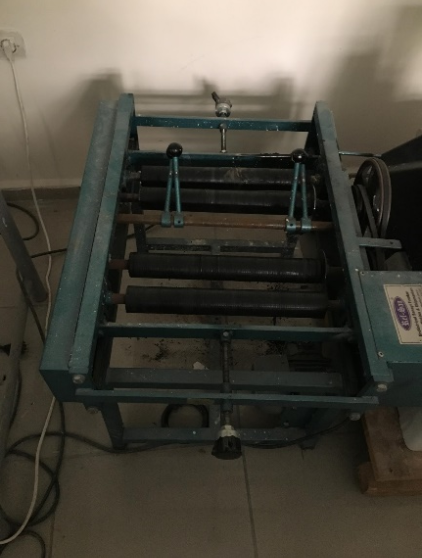
Ball mill is a key equipment for grinding crushed materials, and ball mill is widely used in powder production line, including cement, silicate, new type building material, refractory material, fertilizer, iron and non-metal ore dressing. Metal, glass ceramics, etc. and the ball mill can grind a variety of dry-type and wet-type ores and other materials. Due to the different ways of the material, there are two types of ball mill, grid type and overload type.
Dilatometers
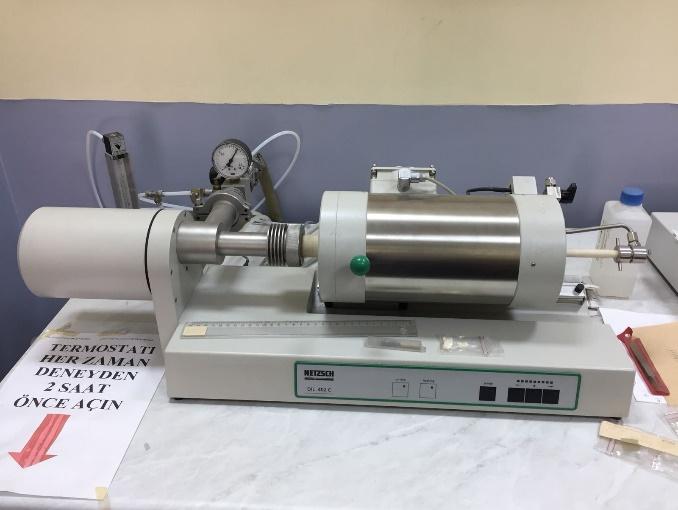
The dilatometer measures the variation of the sample in size measurements as a function of temperature or time. This technique is used to determine the linear expansion coefficients of the materials.
Jaw Crushers
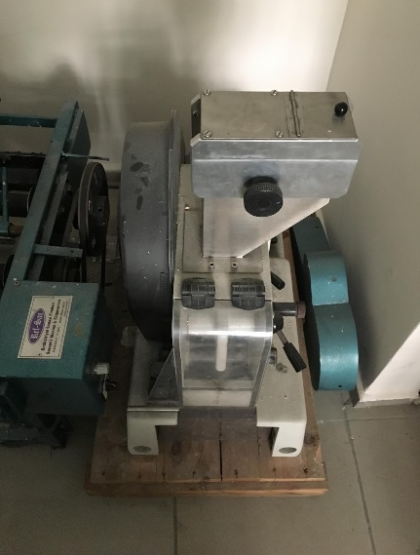
Jaw Crushers are often used as primary crushers and perhaps the most popular crusher worldwide. These compactor crushers are suitable for all kinds of materials. In this type of crusher, a reduction occurs between a fixed jaw plate and a movable jaw plate. The movable jaw plate is mounted on the pitman with a reciprocating motion. Crushing occurs when the pit moves towards the fixed jaw by compressing the material.
Speks Mill
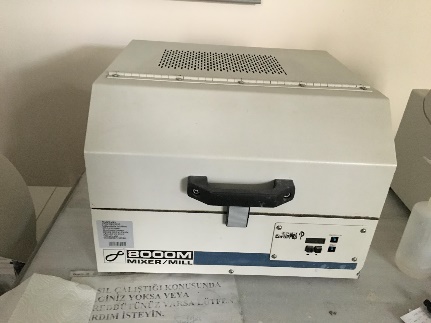
Mixer / Mill is a high energy ball mill that grinds 0.2 - 10 grams of dry, brittle samples. A bottle with an example and one or more balls is shaken with a complex motion that combines the back and forth swing with short lateral movements. The movement of the clamp develops strong G-forces in the vial to powder the hardest rocks, slags and ceramics.
Planetary Ball Mill
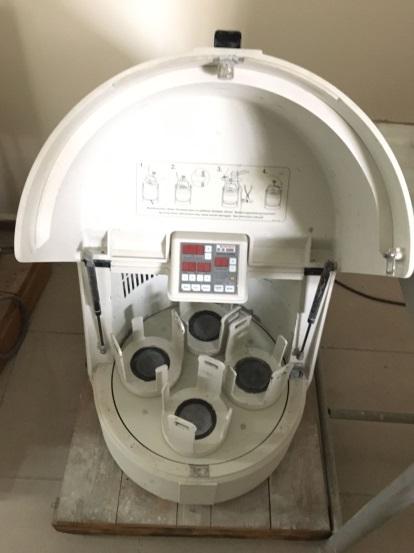
It is a mill that is used for the fast fine crushing of soft, hard, brittle and fibrous materials. The final fineness is 1µm.
Planetary Ball Mills consist of several cylindrical grinding jars (placed on the solar wheel as shown on the figure) filled with loose grinding balls. Two rotating motions in a row move the grinding cubes
Ring Mill

It is an ideal mill type used in the Ceramic Laboratory to grind very fine (eg-10 micron) ore samples. The ring set and grinding ball that make up the Grinding Set are manufactured by processing the surfaces of high-strength steels, through heat treatment and precision grinding processes. High surface resistance and friction coefficients are increased by the sensitive surface treatments on the grinding bowl, ring set and grinder ball surfaces.
Cold Isostatic Pressing
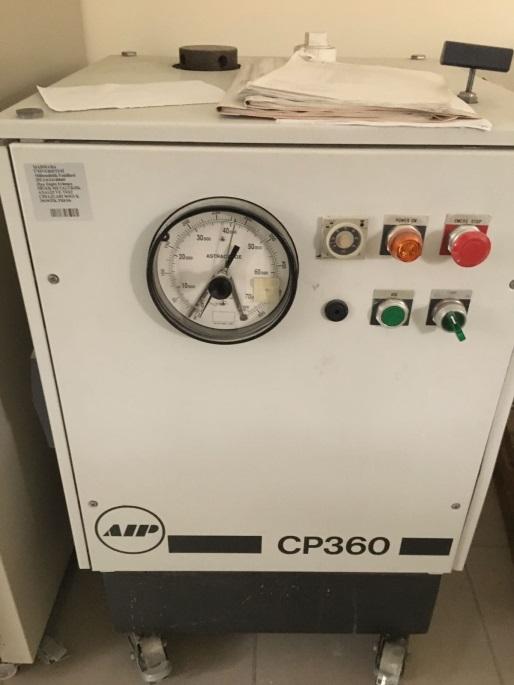
Cold isostatic pressing has the advantage of producing parts where the high initial cost of pressing dies cannot be justified or where very large or complex compaction is required. Various powders can be isostatically pressed on a commercial scale, including metals, ceramics, plastics and composites. The pressures required for compression are in the range of less than 5,000 psi to 100,000 psi (34.5 to 690 MPa). Powders are compressed in elastomeric molds in wet or dry bag process.
Spray Dryer
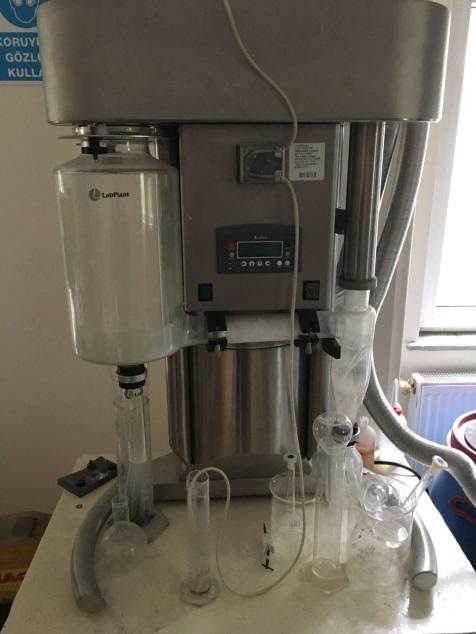
It is the dry obtaining of the solid substance in the solid-liquid solution or suspensions. Spray drying is carried out. The product to be dried in spray drying is sent into the stream of hot air in very small droplets to allow the solution to evaporate. The most important unit of this type of drying device is the atomizer.
Attritor Milling
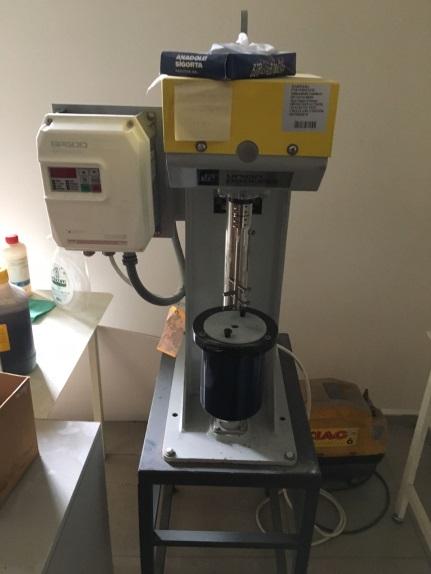
The operation of the Attritor Milling device is simple and effective. The material to be grinded and the grinding medium are placed in a fixed, jacketed grinding tank. The types of grinding medium commonly used are stainless steel, chrome steel, tungsten carbide, ceramic or zirconium oxide. By causing the media to apply both shear and impact forces to the material, it results in optimum size reduction and dispersion. Pre-mixing is not required. The material can be fed directly into the mill's jacketed grinding tank. The final result of the grinding action is a fine, even particle dispersion. Temperature control (cooling or heating) can be achieved through the use of jacketed tanks.
Conical Sample Distributor

Sample Dispenser Feeding Unit
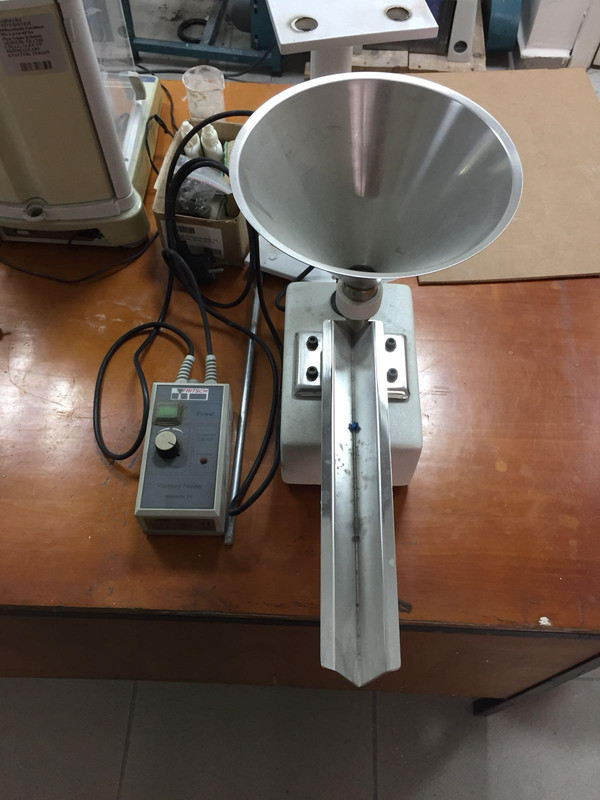
This page updated by Metallurgical and Materials Engineering on 29.11.2023 09:24:58
